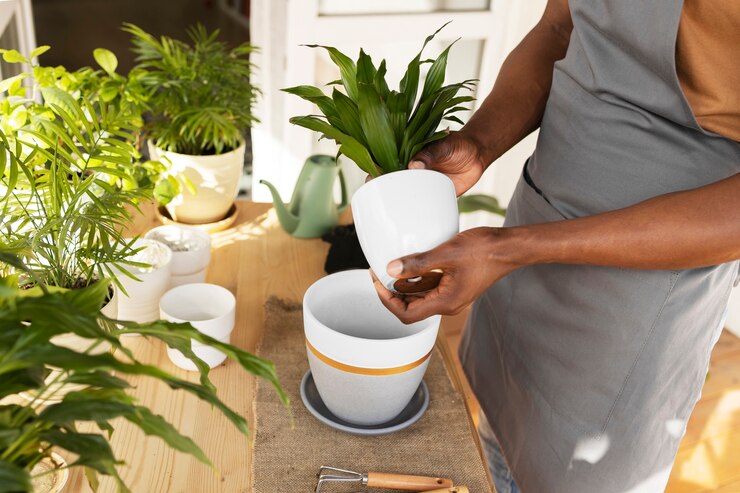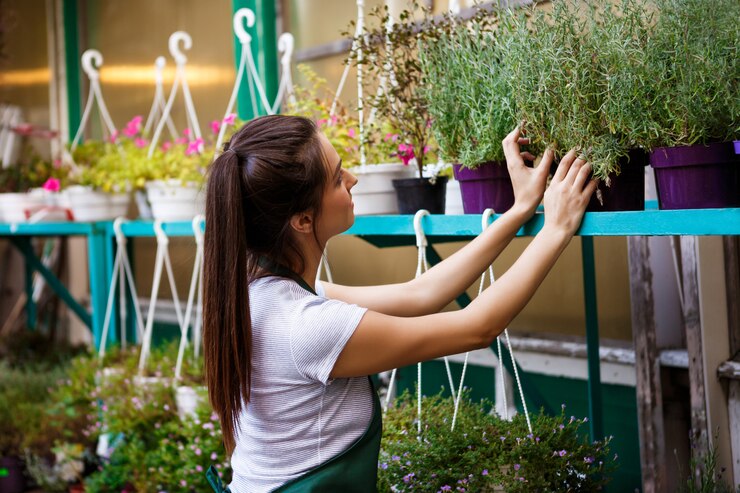How to Decorate Your Garden: A Comprehensive Guide for 2024

A garden is more than just an outdoor space; it is a personal retreat where you can unwind, entertain, and reconnect with nature. Decorating can transform it into a beautiful, functional area that reflects your style and enhances your outdoor living experience. Whether you have a sprawling backyard or a small balcony garden, the principles of decoration can be adapted to fit any space. This comprehensive guide will explore various aspects of decoration, from planning and design to practical tips and trends for 2024.
1. Assessing Your Garden Space
Before diving into decoration, it’s essential to assess your space. Consider the following:
- Size and Layout: Determine the dimensions and shape. This will help in planning how to utilize the space effectively.
- Sunlight and Shade: Note the areas that receive full sun, partial shade, or full shade. This will influence your choice of plants and furniture.
- Soil and Drainage: Evaluate the soil quality and drainage conditions. Good soil and drainage are crucial for healthy plant growth.
- Existing Features: Take stock of any existing features, such as trees, fences, or pathways, that you might want to incorporate into your design.
2. Defining Your Garden Style
Choosing a style will guide your decorating choices and create a cohesive look. Some popular styles include:
- Contemporary: Features clean lines, minimalist design, and modern materials like concrete and steel. Emphasizes geometric shapes and symmetry.
- Rustic: Utilizes natural materials such as wood, stone, and wrought iron. Often includes elements like wooden trellises, stone pathways, and vintage garden tools.
- Cottage Garden: Known for its informal, charming appearance with a mix of colorful flowers, herbs, and climbing plants. Embraces a cozy, whimsical feel.
- Mediterranean: Focuses on warm, earthy tones, terracotta pots, and drought-tolerant plants like lavender and olive trees. Includes features like tiled patios and arched trellises.
- Japanese Zen: Incorporates simplicity, tranquility, and natural elements. Features include gravel paths, water elements, and carefully selected plants for a serene atmosphere.
3. Planning Your Garden Layout
Creating a functional and aesthetically pleasing layout is key to effective decoration. Consider the following elements:
- Zones: Divide your garden into functional zones such as seating areas, dining spaces, and play areas. This helps in organizing the space and creating specific areas for different activities.
- Pathways: Use pathways to connect different zones and guide visitors through your garden. Materials like gravel, flagstones, or stepping stones can add texture and visual interest.
- Focal Points: Create focal points to draw attention and provide visual interest. This could be a decorative fountain, a unique sculpture, or a vibrant flower bed.
- Plant Beds: Design plant beds with varying heights and textures to add depth and dimension. Consider using raised beds or containers for a more organized look.
4. Selecting and Arranging Plants
Plants are the heart of any garden. Choosing the right plants and arranging them thoughtfully can greatly enhance your garden’s appearance.
- Seasonal Plants: Incorporate a mix of annuals and perennials to ensure year-round color and interest. Annuals provide vibrant, temporary color, while perennials offer long-lasting beauty.
- Color Schemes: Choose plants based on color schemes that complement your garden style. Harmonious color palettes create a cohesive look, while contrasting colors add vibrancy.
- Height and Texture: Combine plants of different heights and textures to create visual interest. Use tall plants as backdrops, mid-height plants for filling gaps, and ground covers for a lush, full appearance.
- Containers: Use pots and containers to add flexibility and interest. Containers can be placed on patios, balconies, or in garden beds to showcase individual plants or create seasonal displays.

5. Adding Garden Furniture
Furniture adds comfort and functionality to your outdoor space. Here are some ideas:
- Seating: Choose seating options that suit your style and space. Options include benches, lounge chairs, and outdoor sofas. Opt for weather-resistant materials like teak, rattan, or metal.
- Dining: If you entertain outdoors, invest in a dining set that matches your garden style. Consider folding tables and stackable chairs for small spaces.
- Tables and Accessories: Add side tables, coffee tables, and garden stools for convenience. Use them to hold drinks, snacks, or decorative items.
- Shade and Shelter: Incorporate elements like pergolas, gazebos, or umbrellas to provide shade and shelter. These features create comfortable areas for dining or relaxing.
6. Incorporating Water Features
Water features add a soothing, tranquil element. Options include:
- Fountains: Choose from freestanding, wall-mounted, or tiered fountains. Fountains create a calming sound and serve as a focal point.
- Ponds: A pond can attract wildlife and add a natural touch. Consider adding aquatic plants and fish for a complete look.
- Waterfalls: Create a dramatic effect with a waterfall cascading into a pond or stream. Waterfalls can be a striking addition to larger gardens.
7. Lighting Your Garden
Outdoor lighting enhances your beauty and functionality, making it enjoyable after dark.
- Path Lights: Use path lights to illuminate walkways and garden paths, ensuring safe navigation and highlighting your landscaping.
- Spotlights: Install spotlights to draw attention to focal points like sculptures, trees, or architectural features.
- String Lights: Add string lights to create a cozy, festive atmosphere. Hang them along fences, trellises, or in trees for a magical touch.
- Solar Lights: Solar-powered lights are energy-efficient and easy to install. They come in various styles and can be used for accent lighting.
8. Adding Decorative Elements
Decorative elements personalize your yard and reflect your style.
- Garden Art: Incorporate sculptures, wind chimes, or garden gnomes to add character and whimsy.
- Bird Feeders and Houses: Attract wildlife with bird feeders, birdhouses, or butterfly houses. These additions can enhance your garden’s natural appeal.
- Garden Ornaments: Use decorative items like glazed pots, metal trellises, or mosaic stepping stones to add visual interest.
9. Maintaining Your Garden
Regular maintenance ensures your yard remains beautiful and healthy.
- Pruning: Regularly prune plants to promote healthy growth and prevent overgrowth. Remove dead or diseased branches to maintain plant health.
- Weeding: Keep weeds under control by regularly weeding garden beds and using mulch to suppress weed growth.
- Watering: Develop a consistent watering routine based on your plants’ needs. Consider using a drip irrigation system for efficient water use.
10. Final Tips and Trends for 2024
- Sustainability: Focus on sustainable practices like using native plants, composting, and rainwater harvesting to create an eco-friendly garden.
- Outdoor Living Spaces: Create multifunctional outdoor living areas that blend seamlessly with your indoor spaces. Consider adding outdoor kitchens, fire pits, or entertainment areas.
- Personalization: Infuse your personality into your garden design. Incorporate elements that reflect your interests, hobbies, and lifestyle.
Conclusion
Decorating your garden in 2024 offers countless opportunities to create a beautiful, functional outdoor space that reflects your style and enhances your living experience. By assessing your garden space, choosing a style, planning your layout, and incorporating key elements like plants, furniture, and decorative features, you can transform your it into a personal oasis. Regular maintenance and staying current with trends and sustainable practices will ensure it remains a vibrant and enjoyable space for years to come. With thoughtful planning and creativity, can become a true extension of your home, offering relaxation, joy, and a connection to the natural world.







